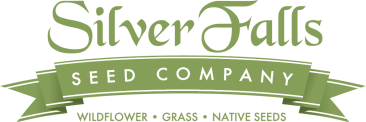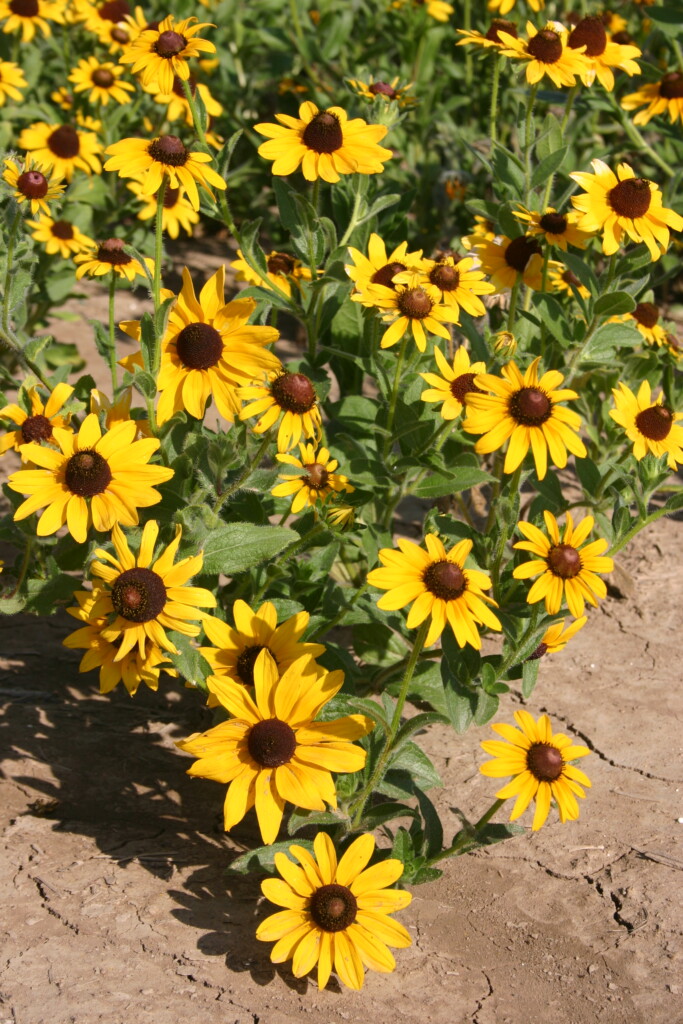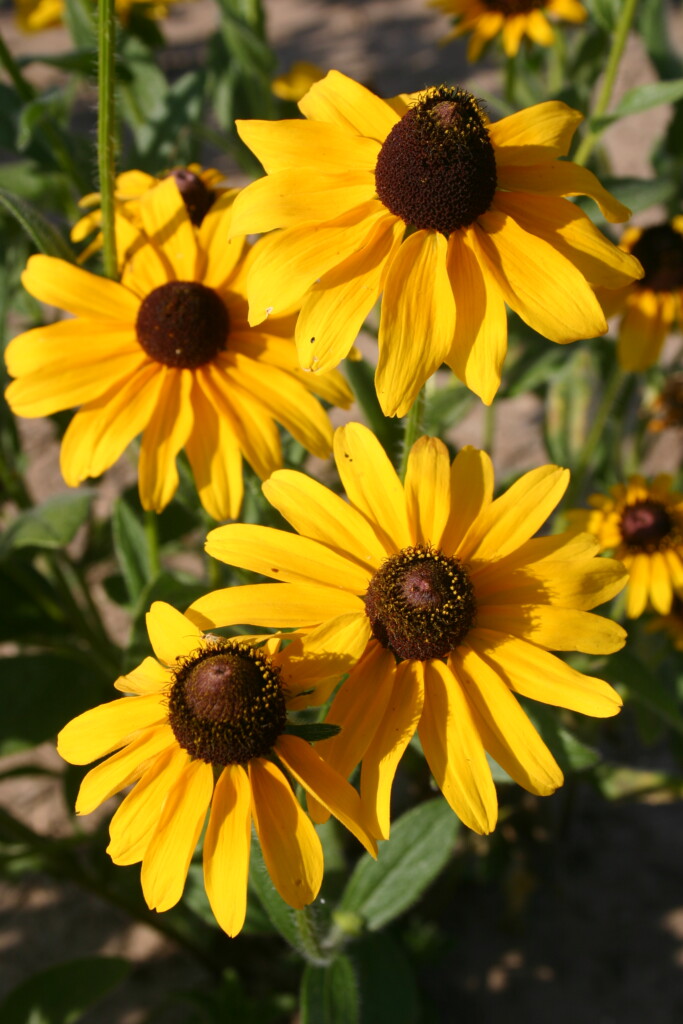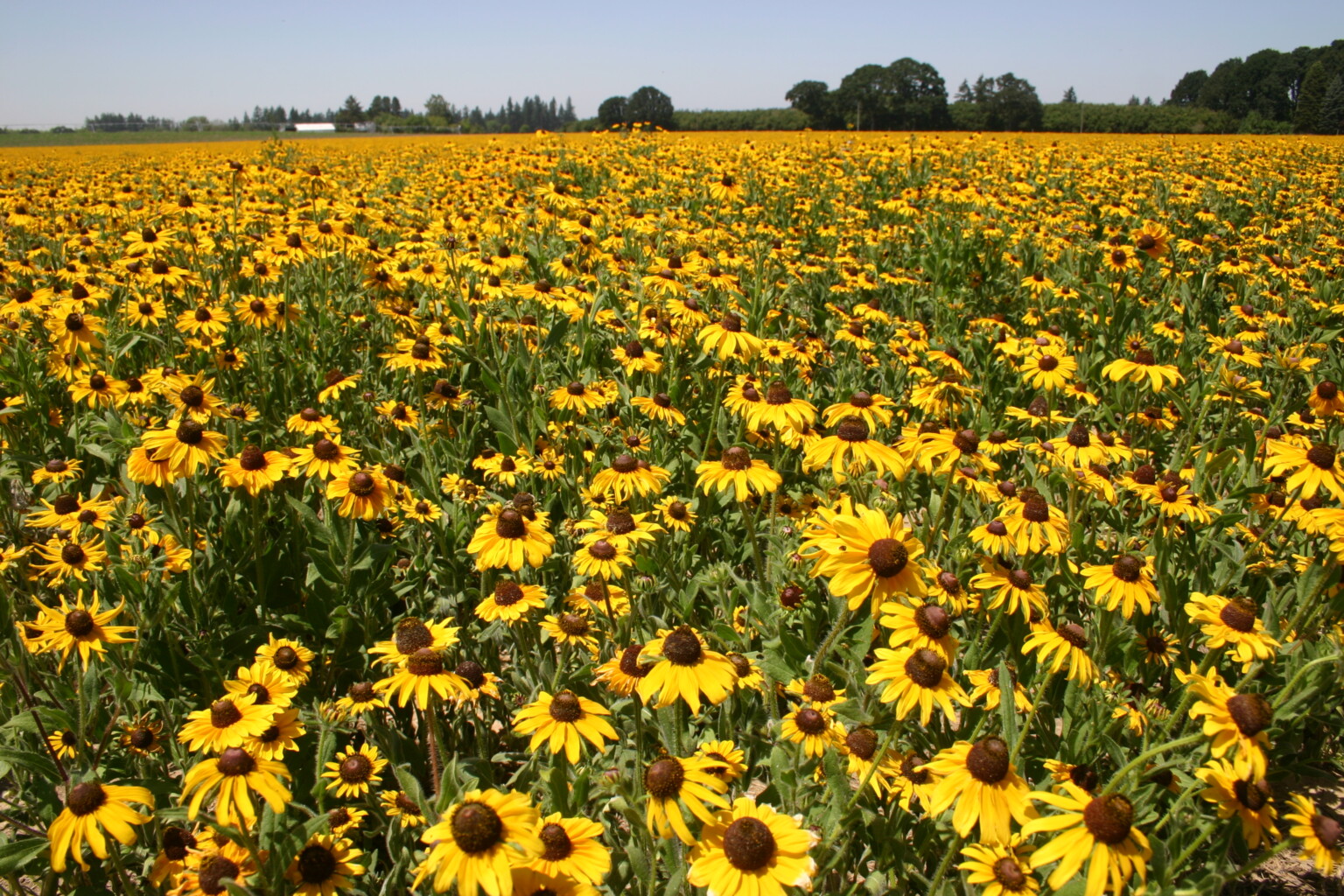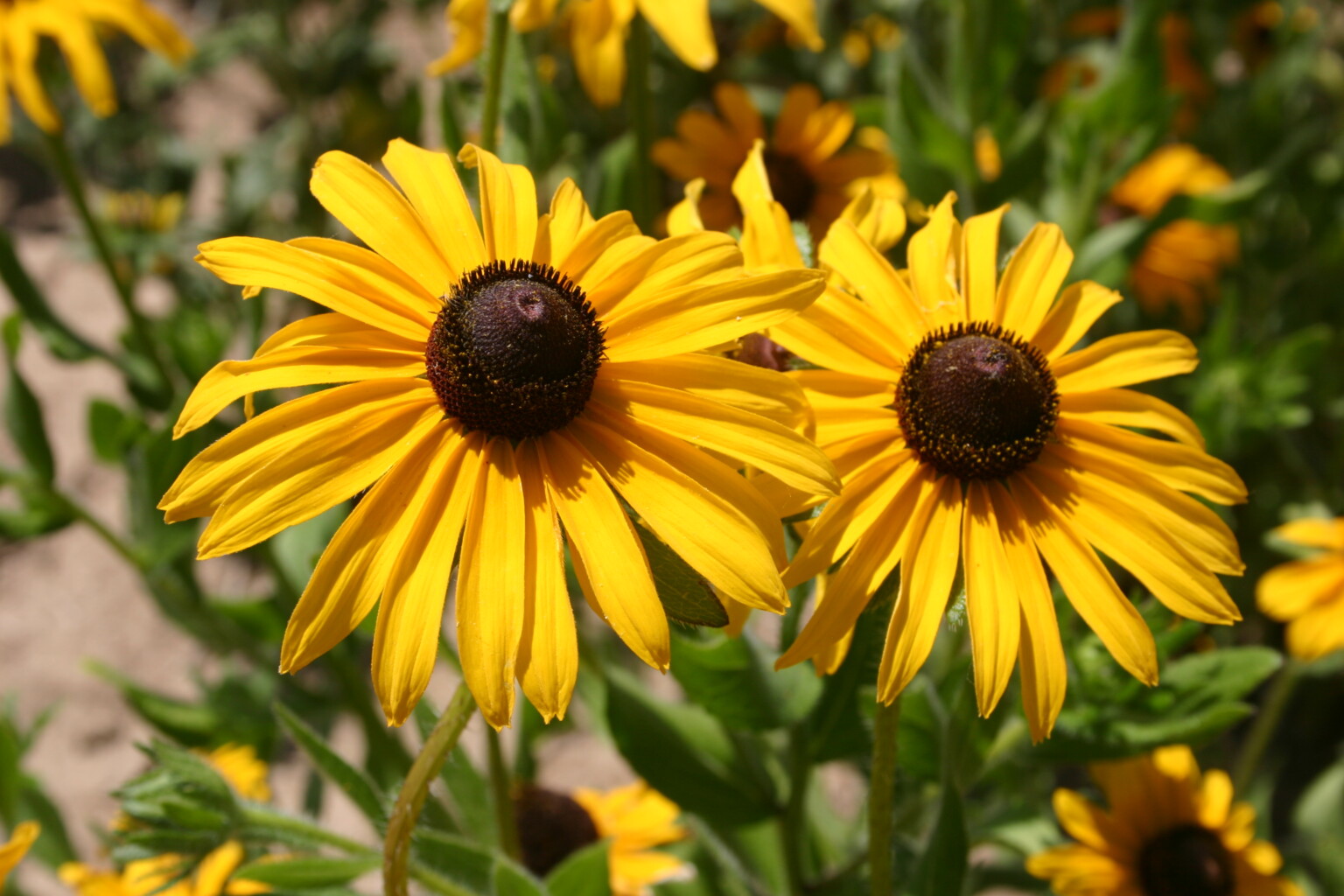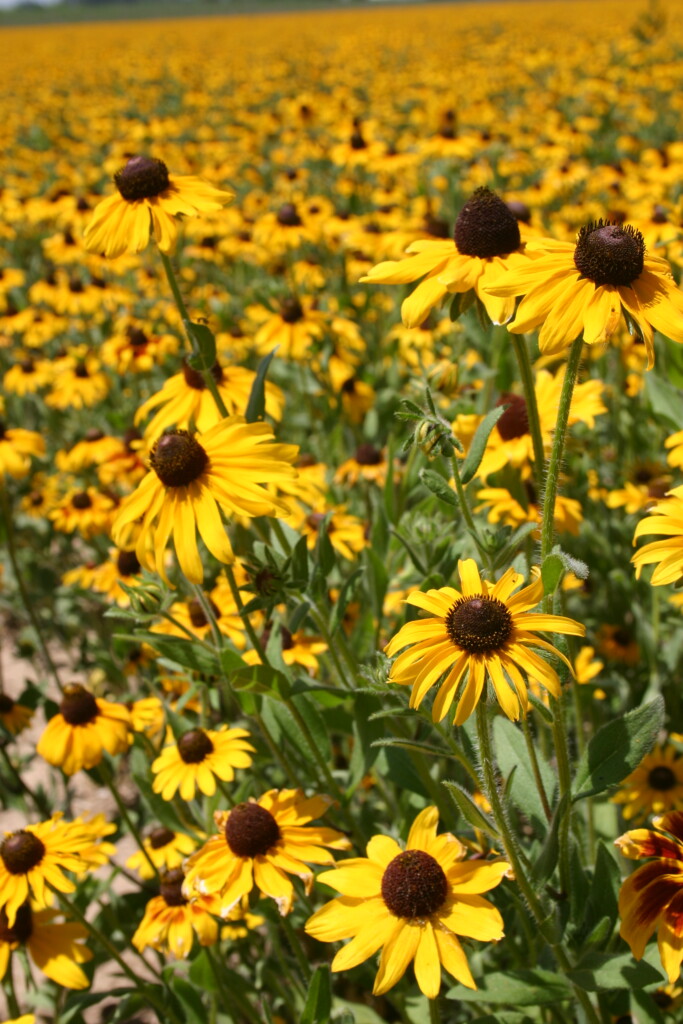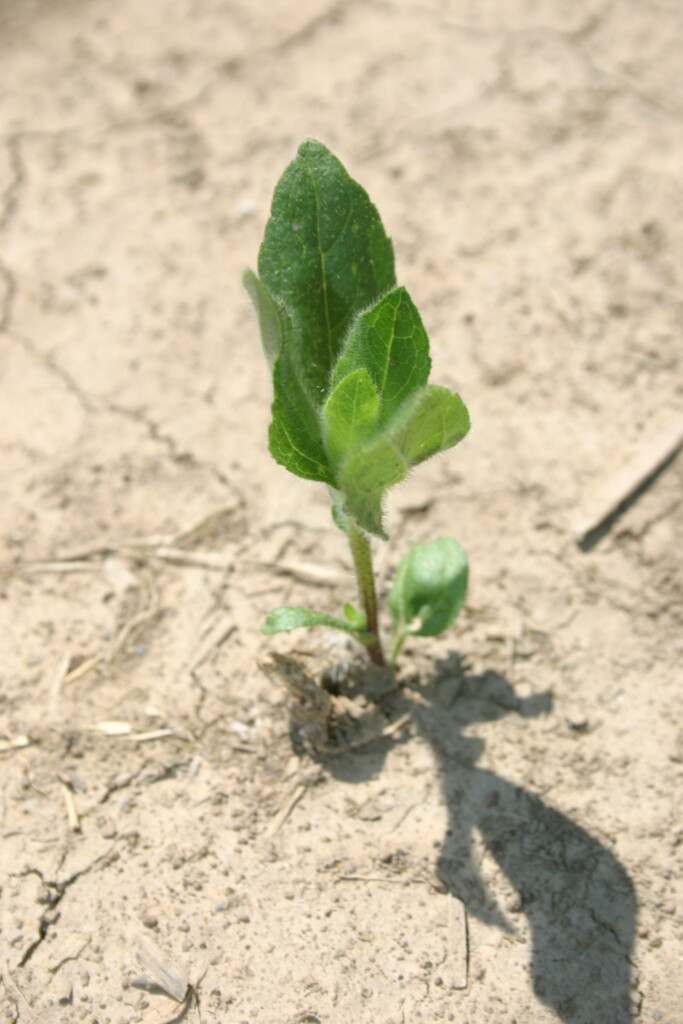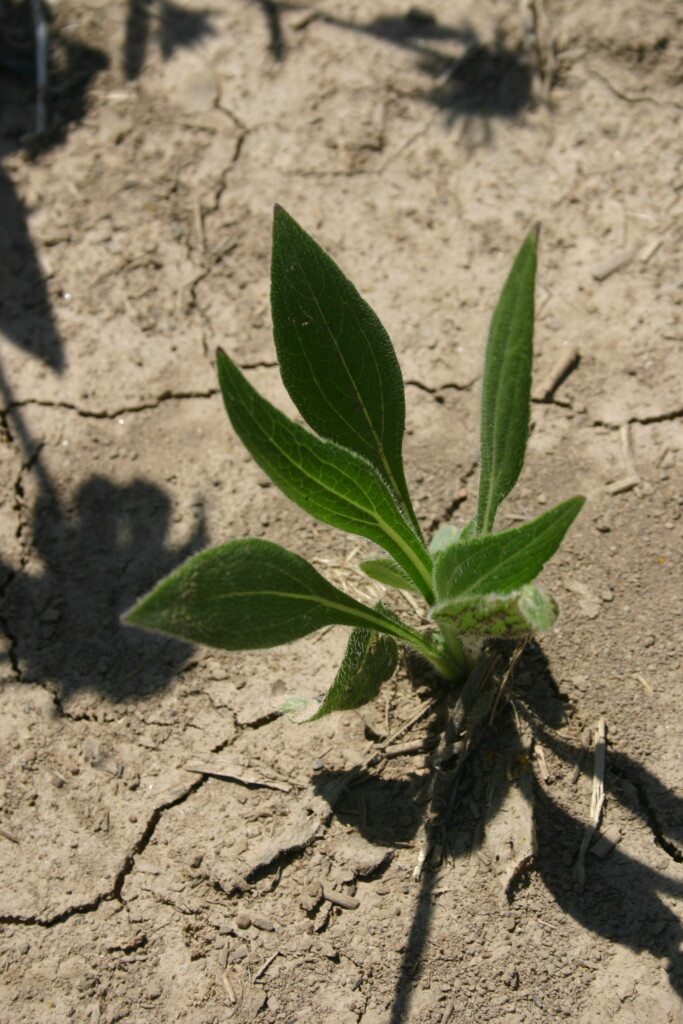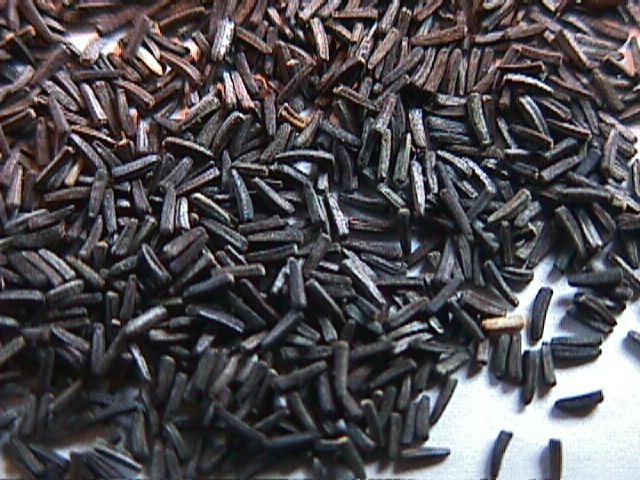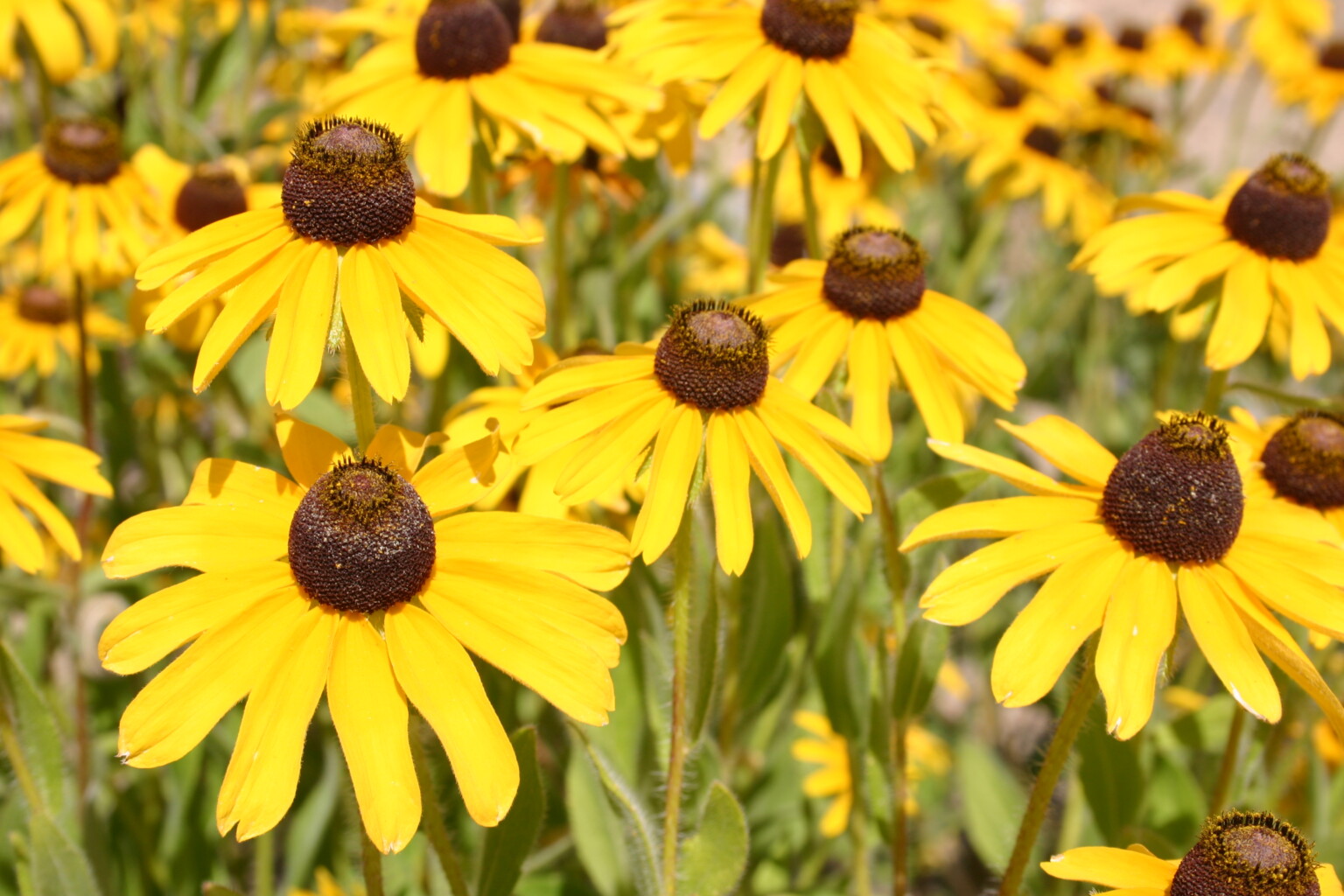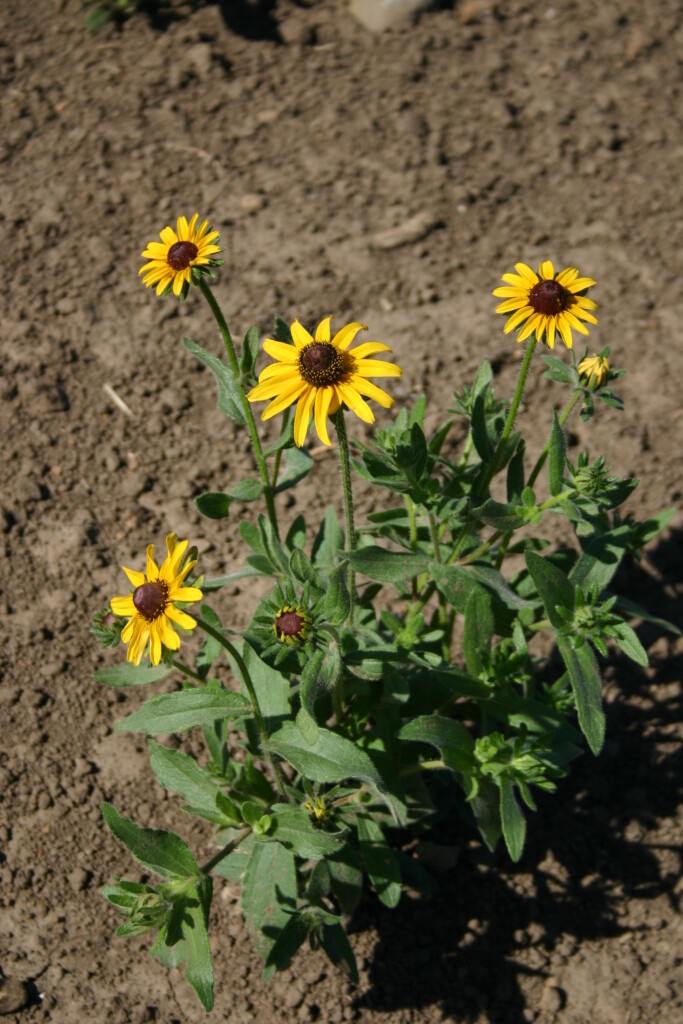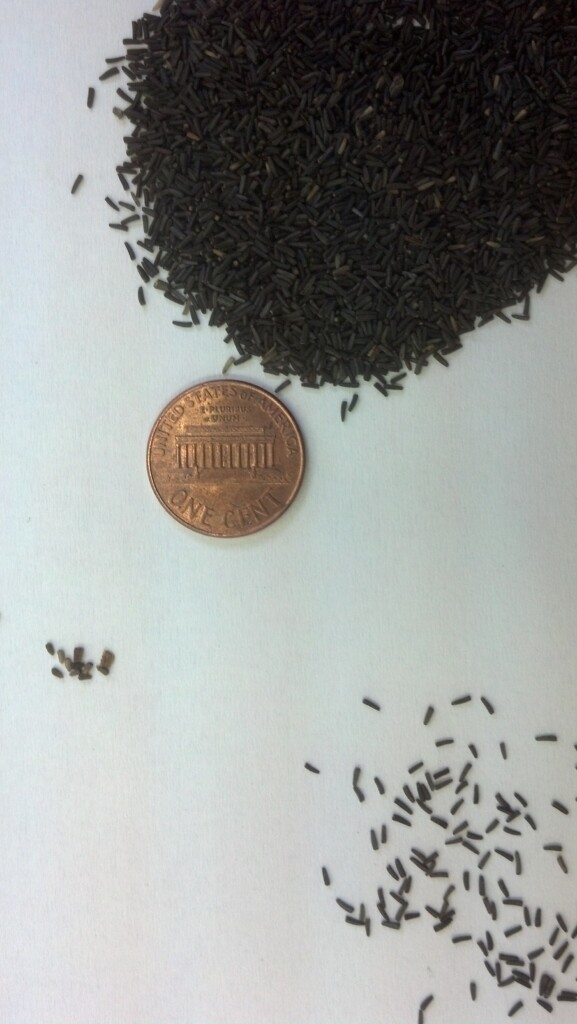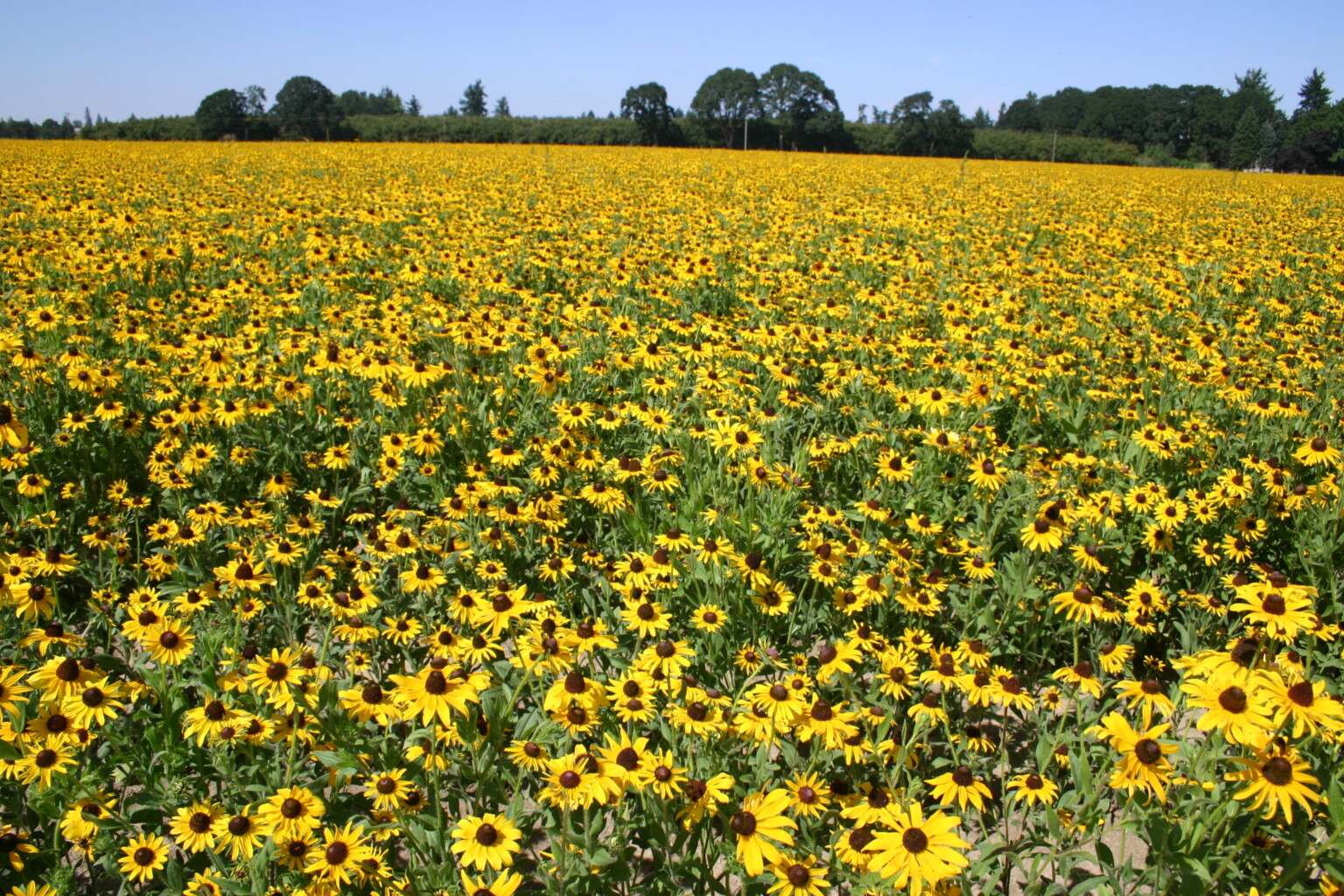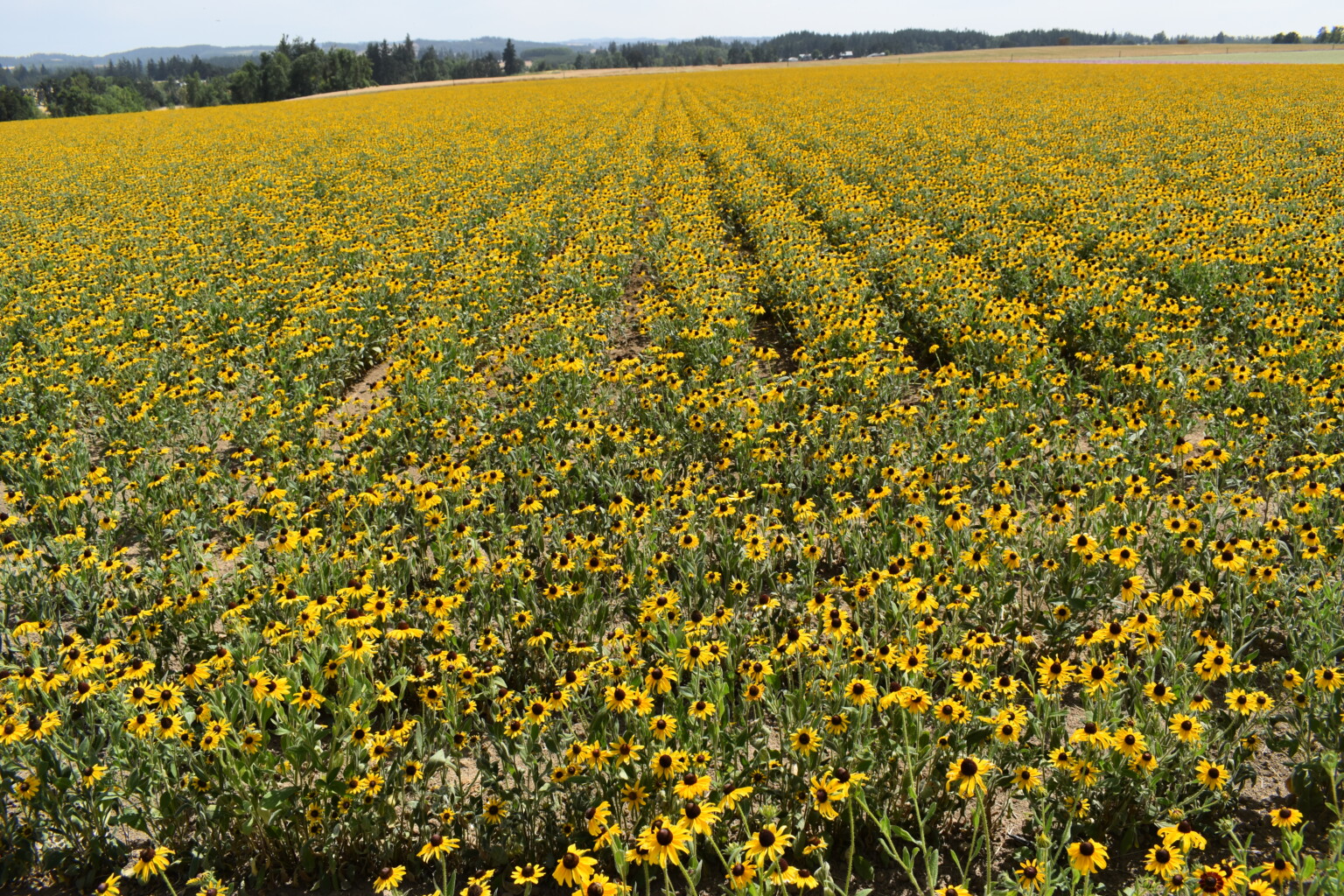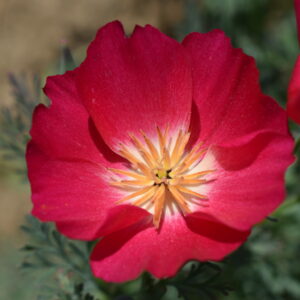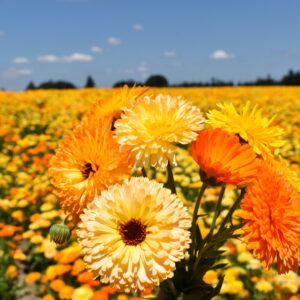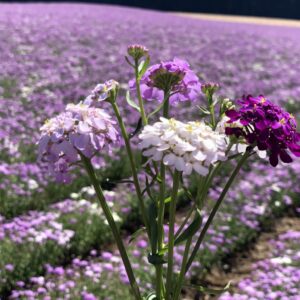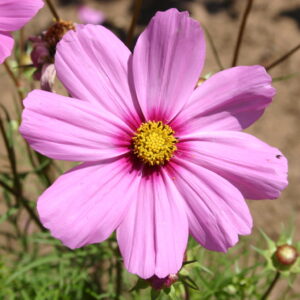Black-Eyed Susan
$2.50 – $30.75Price range: $2.50 through $30.75
The Black-Eyed Susan is a hardy, native North American wildflower recognized for its bright golden-yellow petals and signature dark brown center. As a member of the sunflower family, it adds vibrant color to gardens and natural landscapes while supporting pollinators like bees and butterflies.
This flower grows best in full sun, needing at least six hours of direct sunlight each day. While it can tolerate partial shade, plants grown in lower light conditions often become leggy and produce fewer or smaller blooms. Black-Eyed Susan adapts well to a wide range of soils, as long as the soil is well-drained. Though it thrives in rich, loamy soil, it also performs well in poor or dry conditions, making it a great choice for low-maintenance or drought-tolerant gardens.
Black-Eyed Susan is easy to grow from seed and often reseeds itself when mature seeds fall directly onto bare soil. Once established, it is highly drought-resistant and rarely needs additional watering. Depending on your region, it may grow as an annual, biennial, or short-lived perennial. In warmer climates, especially USDA zones 7 through 10, it can be planted in the fall and may overwinter successfully. In cooler zones, it is typically treated as an annual, though it often returns each year through self-seeding.
This plant blooms from mid-to-late summer, usually starting in late July and continuing through August, sometimes into early fall. Early spring blooms are not typical. Black-Eyed Susan is a popular choice for cut flower arrangements thanks to its bold color and long-lasting blooms. It also supports local ecosystems by attracting a wide variety of pollinators.
In addition to its beauty and versatility, Black-Eyed Susan is deer-resistant and generally pest-free, making it a reliable option for both garden beds and wildflower meadows. A more colorful variation, the Gloriosa Daisy, was developed from the Black-Eyed Susan in the 1950s. This variety features larger and more vivid blooms while retaining the original plant’s toughness and adaptability.
The broadcast rate for seeding is 4 – 5 pounds per acre.
The seed drill rate for seeding in rows is 2 pounds per acre.
| Purchasing Options | Price | Quantity | |
|---|---|---|---|
| Small Packet | $2.50 | ||
Covers approximately: |
|||
| 10 Gram | $3.00 | ||
Covers approximately: |
|||
| 1/4 Pound | $12.00 | ||
Covers approximately: |
|||
| 1 Pound | $30.75 | ||
Covers approximately: |
|||
| Scientific Name | Rudbeckia hirta |
|---|---|
| Product Type | Native Flower |
| Cycle | Perennial |
| Color | Yellow |
| Height | 24-36" |
| Light Requirement | Full Sun, Part Sun/Shade |
| Germination Time | 7-30 days |
| Weeks to Bloom | 4 to 6 weeks |
| USDA Zone | 3 to 9 |
| Origin | North American Native species |
| Planting Season | Early Spring, Fall |
| Bloom Season | Summer |
| Seeds Per Pound | 1,710,000 |
| Pollen/Nectar | Nectar, Pollen |
| Pollinator(s) | Native Bees, Short Tongue Bees |
| Seeding Rate (lb./acre) | 2 |
| Notes | Can be fall planted in zones 7-10, Deer-resistant, In warmer climates it acts as an annual, while in cooler climates it acts as a perennial |
Related products
-
Calendula – Pacific Beauty Mix
Flower, Flower Mix, Herb, Annual$2.50 – $36.40Price range: $2.50 through $36.40 -
Cosmos – Bipinnatus Dwarf Pink with Red Center
Flower, Annual$2.50 – $66.00Price range: $2.50 through $66.00
